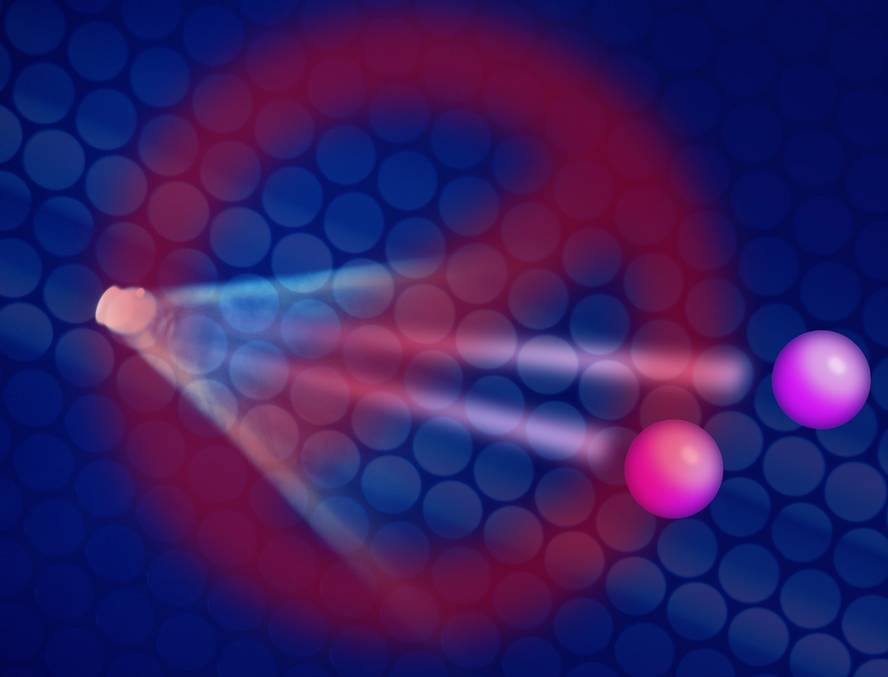No neutrinos faster than light in the OPERA laboratory
The news of physics last September was surprising: neutrinos that move faster than light were detected. Einstein's theory of special relativity is based precisely on the opposite principle that the speed of light cannot be overcome, so this news questioned the theory of special relativity. Therefore, scientists have looked for possible errors in the experiment and have found two errors.
Many physicists doubted the September news. Neutrinos were formed at the CERN laboratory in Geneva and detected at the OPERA laboratory in central Italy. This journey of 730 kilometers was made 60 nanoseconds faster than light, according to the measurements of the physicists of OBRA.
Both errors were in the GPS system when measuring times and distances from the two ends of the journey. On the one hand, there were synchronicity problems. The GPS signal arrives by satellite and the satellite moves quickly in orbit. This speed makes time pass at different speeds on the satellite clock and the Earth clock, as the theory of relativity explains. Therefore, the satellite clock had to be synchronized with the Earth clock, and the calculations of this process were not well done. On the other hand, OPERA scientists have stated that there was a “faulty connection” in a system that brings the GPS signal to the main clock, in an optical connection.
The explanation is not complete. Errors have been detected, but it is necessary to check to what extent these errors affect the measurement. Experts say that both errors alter the end result in the opposite direction. In any case, the measurement should be considered erroneous, not detecting neutrinos faster than light. And the physicists of OPERA say that in the future they will make new measurements, once these errors have been corrected and once the neutrino beams have been recovered.






